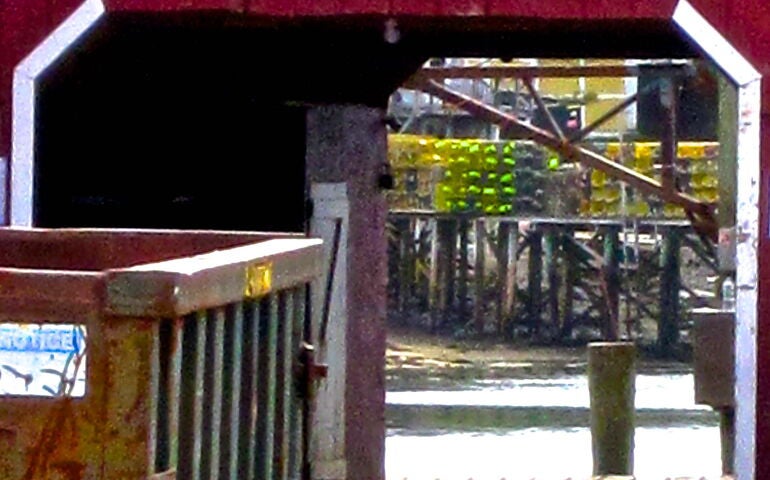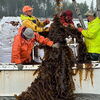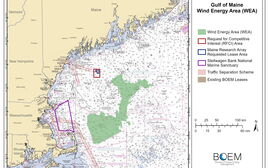Processing Your Payment
Please do not leave this page until complete. This can take a few moments.
- News
-
Editions
-
- Lists
-
Viewpoints
-
Our Events
-
Event Info
- Women's Leadership Forum 2025
- On the Road with Mainebiz in Bethel
- Health Care Forum 2025
- On The Road with Mainebiz in Greenville
- On The Road with Mainebiz in Waterville
- Small Business Forum 2025
- Outstanding Women in Business Reception 2025
- On The Road with Mainebiz in Bath
- 60 Ideas in 60 Minutes Portland 2025
- 40 Under 40 Awards Reception 2025
- On The Road with Mainebiz in Lewiston / Auburn
- 60 Ideas in 60 Minutes Bangor 2025
Award Honorees
- 2025 Business Leaders of the Year
- 2024 Women to Watch Honorees
- 2024 Business Leaders of the Year
- 2023 NextUp: 40 Under 40 Honorees
- 2023 Women to Watch Honorees
- 2023 Business Leaders of the Year
- 2022 NextUp: 40 Under 40 Honorees
- 2022 Women to Watch Honorees
- 2022 Business Leaders of the Year
-
-
Calendar
-
Biz Marketplace
- News
-
Editions
View Digital Editions
Biweekly Issues
- April 21, 2025 Edition
- April 7, 2025
- March 24, 2025
- March 10, 2025
- Feb. 24, 2025
- Feb. 10, 2025
- + More
Special Editions
- Lists
- Viewpoints
-
Our Events
Event Info
- View all Events
- Women's Leadership Forum 2025
- On the Road with Mainebiz in Bethel
- Health Care Forum 2025
- On The Road with Mainebiz in Greenville
- On The Road with Mainebiz in Waterville
- + More
Award Honorees
- 2025 Business Leaders of the Year
- 2024 Women to Watch Honorees
- 2024 Business Leaders of the Year
- 2023 NextUp: 40 Under 40 Honorees
- 2023 Women to Watch Honorees
- 2023 Business Leaders of the Year
- + More
- 2022 NextUp: 40 Under 40 Honorees
- 2022 Women to Watch Honorees
- 2022 Business Leaders of the Year
- Nomination Forms
- Calendar
- Biz Marketplace
Fishing groups pile on against feds’ wind energy area
 File photo / Laurie Schreiber
Fishery associations in Maine, Massachusetts and New Hampshire have concerns about a 2 million-acre swath of waters in the Gulf of Maine for offshore wind development.
File photo / Laurie Schreiber
Fishery associations in Maine, Massachusetts and New Hampshire have concerns about a 2 million-acre swath of waters in the Gulf of Maine for offshore wind development.
The federal government’s designation of 2 million acres of the Gulf of Maine for offshore wind development has drawn further ire from fishing trade groups.
The Maine Lobstermen’s Association expressed its concerns shortly after the Bureau of Ocean Energy Management published the area last week, saying the selection includes an area where many endangered North Atlantic right whales are sighted.
“There are still too many unanswered questions about the impacts of offshore wind on the marine environment, commercial fishermen and our fishing heritage,” the lobstermen's group said.
On Tuesday, the association was joined by 16 other fishery groups in Maine, Massachusetts and New Hampshire that say they have similar concerns.
In a statement by the New England Fishermen’s Stewardship Association, headquartered in South Portland, the groups said the designation of the area for the Gulf of Maine “is the culmination of a rushed development process that is poorly informed on economic, scientific, environmental and cultural issues of paramount importance. Without adequate consideration of these issues, leasing in BOEM’s [wind energy area] designation should not be pursued.”
In addition to the Maine Lobstermen’s Association, other signatories to the statement with Maine connections included the Alewife Harvesters of Maine, Atlantic Offshore Lobstermen’s Association, Downeast Lobstermen’s Association, Fisheries Survival Fund, Maine Coast Fishermen’s Association, Maine Elver Fishermen Association and the Maine Lobstering Union.
The offshore grounds
The Bureau of Ocean Energy Management drew the area’s boundaries in such a way to avoid key lobster fishery grounds, known as Lobster Management Area 1, a large swath of nearshore water. The finalized area totals about 2 million acres offshore Maine, Massachusetts and New Hampshire, ranging from approximately 23 to 92 miles off the coast.
BOEM projected the area has the potential to support generation of 32 gigawatts of wind energy, surpassing state goals of 10 gigawatts for Massachusetts and 3 gigawatts for Maine.
BOEM has noted the area was selected after extensive engagement with the states of Maine, Massachusetts and New Hampshire, Tribes, local residents, ocean users including the fishing community, federal government partners and other members of the public.
Based on the feedback received about natural and cultural resources and ocean uses, the area represents an 80% reduction from the area BOEM initially identified for possible leasing and a 43% reduction from an area presented in a draft plan released last October.
The fishery associations acknowledged BOEM’s efforts to improve on earlier proposals, using a spatial modeling process that shows existing ocean uses, including Lobster Management Area 1 fishing.
They called on BOEM to continue and improve the process and said the unprecedented size of the area “presents further opportunities to ensure that any future lease areas will avoid locations that pose threats to fisheries, habitat and protected resources.”
The area designated for offshore wind development “directly imperils commercial fishing, sensitive habitats and maritime communities that depend on the fishing industry, the statement says.
A portion of the area is particularly concerning, they said, because it encompasses prime groundfishing territory and has also been frequented by endangered North Atlantic right whales in recent years.
“Ocean industrialization in this area is flatly inconsistent with a policy of endangered species protection,” the statement said.













0 Comments